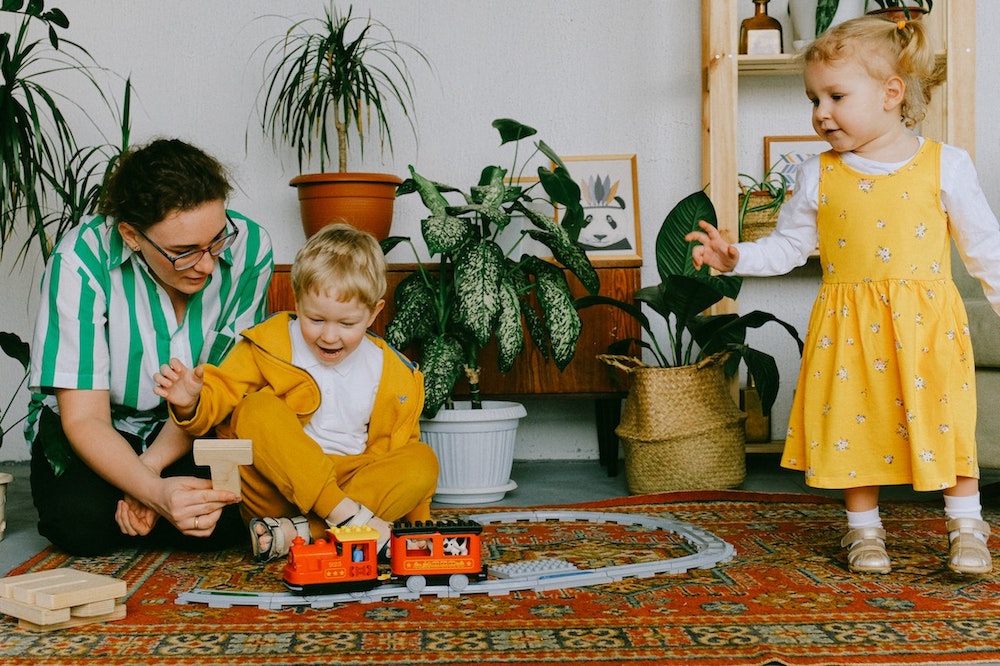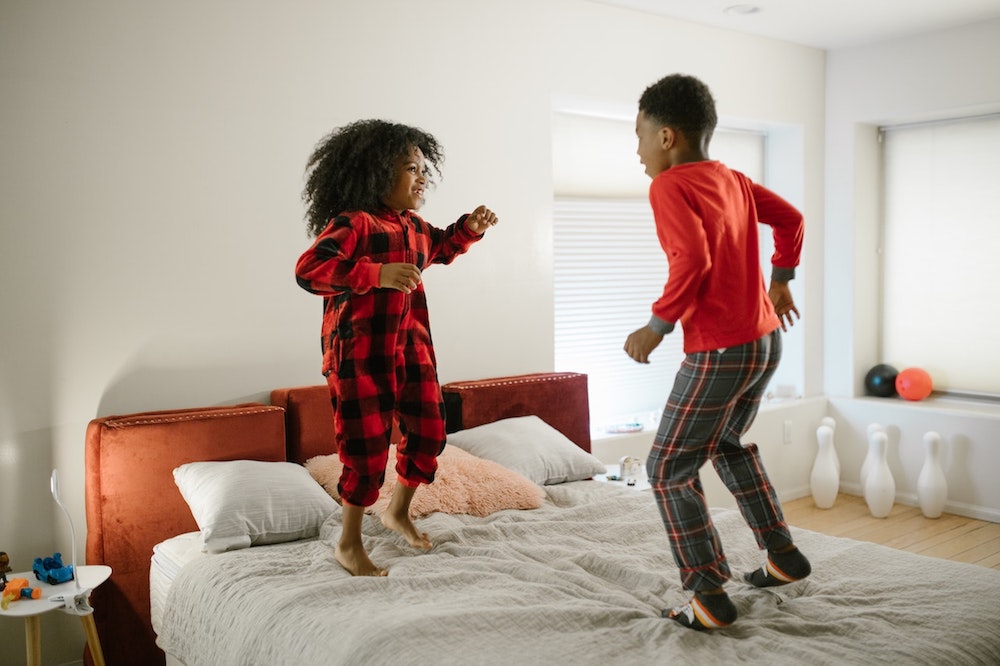As a parent, one of the most time-consuming and stressful tasks is making sure your home is safe for your children. Whether it’s preventing accidents from occurring or finding ways to create an environment that stimulates a child’s growth and development, parents are constantly looking for new methods to ensure their children can explore safely in their own homes.
In this blog post, I will discuss how parents and homeowners alike can make furniture and homes more kid-friendly in seven simple ways. By addressing specific safety issues regarding kids in the home environment, my goal is to help alert readers to the necessary precautions they should take when purchasing furniture or performing household maintenance.
1. Choose durable cushions and fabrics for your furniture
When it comes to selecting cushions and fabrics for your furniture, durability is key. Not only will you save money in the long run by investing in high-quality materials, but you’ll also ensure that your furniture stays looking great for years to come. One of the main factors to consider when choosing durable fabrics is the material itself. Look for options like leather, heavy-duty twill, or sunbrella fabric, which are known for their strength and resilience against wear and tear. If you, on the other hand, have a tabletop epoxy or even a resin tabletop, those are very durable and can take a beating from the kids. But that does not mean that you do not need to take care of it. Make sure you clean the top regularly to keep it looking its best.
2. Use paint that is free of toxins
One way we can make a difference is by choosing paint that is free of toxins. Traditional paints contain volatile organic compounds that are harmful to both the environment and our health. By opting for non-toxic paint, you can reduce the number of harmful chemicals released into the air during the painting process. This not only benefits the environment but also makes for a safer and healthier living space for you and your family. Non-toxic paint is becoming more and more popular, and there are a variety of options available on the market. So next time you need to paint a room or furniture, consider choosing a non-toxic alternative for a more environmentally conscious and healthy choice.
3. Secure furniture to the wall with braces to prevent toppling over
In the world of furniture safety, toppling over is a serious concern, especially for households with young children. The solution to this problem is simple: securing furniture to the wall with braces. The use of wall braces ensures that dressers, bookcases, and other tall pieces of furniture cannot tip over and cause accidents. This safety measure is easy to install and provides peace of mind for parents and caretakers alike. It is important to remember that furniture tipping incidents can have serious consequences, and taking precautions such as using wall braces can prevent tragedies. By following these guidelines, we can create a safer environment for our loved ones at home.
4. Reorganize furniture to create an open space for kids to play safely
Reorganizing furniture is not just about making a room look better. It can also create a safer and more open space for children to play. By putting larger items against walls and leaving the center of the room clear, kids will have more room to run around and play without the risk of bumping into furniture. Additionally, removing any furniture that is not necessary for the room’s function can create a more spacious and inviting environment. When reorganizing furniture, it is important to consider the purpose of the room and how individuals will use the space. By taking these factors into account, you can create a comfortable, open, and safe play area for children.
5. Install window guards or safety nets to keep children from falling out of windows
Accidents can happen quickly and unexpectedly, and it is important to take preventative measures to avoid them. Window guards or safety nets act as a barrier, preventing children from climbing out and falling. As an academic and professional recommendation, a recent study conducted by the American Academy of Pediatrics found that installing window guards can reduce the risk of children falling out of windows by up to 70 percent. By taking this proactive measure, families can have peace of mind knowing their little ones are protected from potential hazards. It is important to remember that while physical barriers are an effective safety measure, they are not foolproof.

6. Add corner protectors and cushioning wraps on the sharp edges of tables and chairs
That is why adding corner protectors and cushioning wraps on sharp edges of tables and chairs is such a crucial step in creating a safe and secure environment. Not only do these additions prevent painful bumps and bruises, but they also provide peace of mind for anyone who uses the space. Whether it is in a daycare, school, or office setting, protecting the corners and edges of furniture will make a significant impact on the overall safety of the area. So let’s take action and make our spaces as safe as they can be.
7. Install safety gates at the top and bottom of staircases
The importance of providing a safe space for children cannot be understated. For this reason, installing safety gates at the top and bottom of staircases is essential in ensuring children are kept away from potential harm. Even if you think your child knows how to navigate stairs safely, having a gate in place serves as a physical reminder to everyone that they need to be extra careful. Additionally, these gates can also prevent curious children from wandering off into dangerous areas of the home. By investing in safety gates and taking the time to properly install them, you can ensure your family’s safety and peace of mind.
The fact that children experience the world through exploration and play means that it is important to keep your home safe for them. By using these seven simple steps, you will be able to make sure that your furniture and other items are kid-proofed for optimal safety. Choosing durable fabric, using toxic-free paint, adding a brace to wall-mounted furniture, reorganizing furniture for an open play area, installing window guards or safety nets, and adding corner protectors and cushioning wraps are all great ways to protect against potential injuries from furniture and appliance corners. Ultimately, when it comes to keeping your home a safe environment for your kids, it’s always better to be too safe than sorry.

